Meet the First Nations designers who are reinventing the fashion world after the Vogue cover catalyst erupts into social media feeds, runways and beyond.
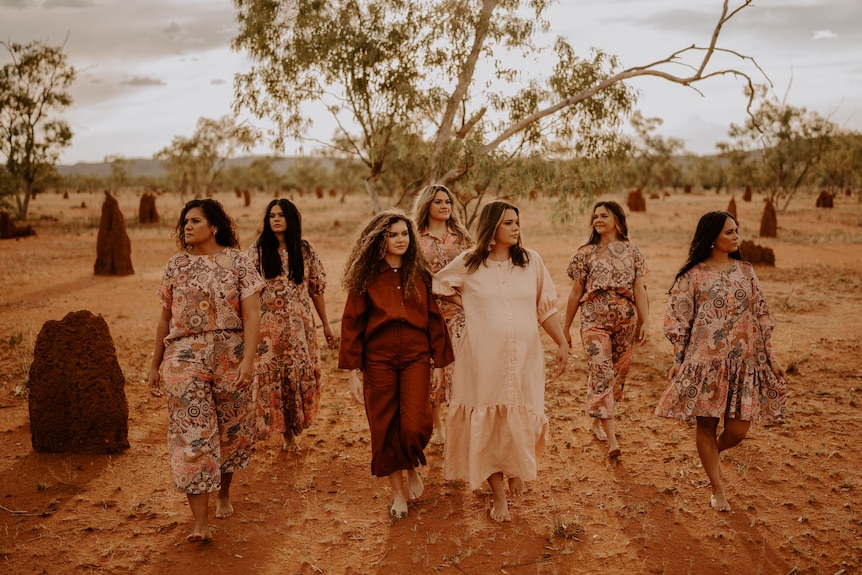
We all saw the four stunning Indigenous models on the front cover of Vogues 2022 May issue, but what we didn’t see, are the First Nations designers paving the way for a new era.
Myrrdah
Kalkadoon sisters Dale Bruce, Cheryl Perez, Glenda McCulloch and Jaunita Doyle had their designs featured in the Vogue issue only months after launching their label, Myrrdah in 2020, named in honour of their great, great grandmother.
Descendants of the Kalkatunga tribe, the sister’s inspiration for the designs comes from their land, Mount-Isa in Queensland.
“Our collection is also influenced by the love of our Kalkadoon homelands. The colours come from our country – the rich red dirt, the pink sunsets and the ghost gums glistening in the golden hour.”

The Inspiration
Their interest in art and fashion began with painting and their interpretation of their homeland. This art is transferred onto pieces that represent their culture and history. The linen fabric accommodates different shapes and sizes. Their mum, who raised nine kids on one wage is an avid self-taught sewer and their biggest advocate, encouraging them to take on the fashion world.
“She showed us how to pick which artworks would do well on fabric”, Glenda said.
But it’s not only Vogue that has Myrrdah designs on display. Models of Australian Fashion Week in Sydney, which is currently happening, will walk Myrrdah from Kalkadoon Country down the runway. The sisters will see the custom pieces for the first time after the pandemic put a halt to their movements to see production in Melbourne.
“We haven’t actually touched the fabric yet,” Jaunita said.
The sisters say that First Nations Fashion Design (FNFD) and Grace Lillian Lee gave them the confidence to pursue their dreams. The girls met with Grace in Cairns on holiday. Since then, their label, created in the bush, has been continually supported.
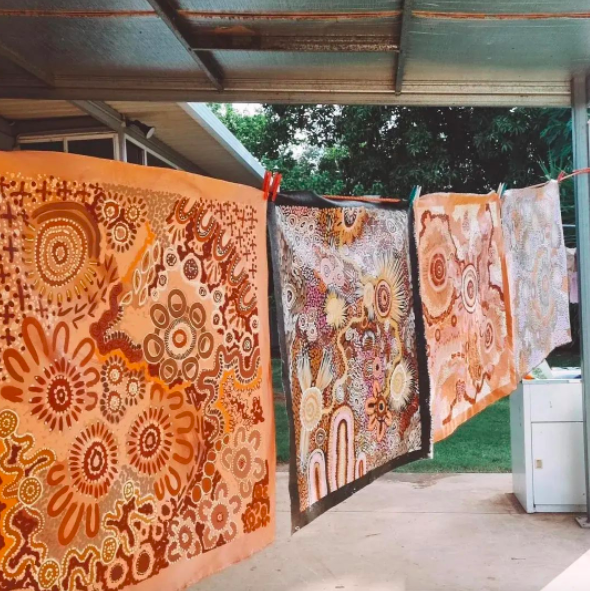
Sustainable Vision
For Myrrdah, brand production happens in Australia. All pieces use ethically sourced fabrics and natural fibres. The sisters also work closely with the Social Studio. Its mission is “to embrace up-cycled fashion as a vehicle for social change and uplift youth from migrant and refugee backgrounds”.
When asked what the fashion industry can do to include First Nations people, Myrrdah responded,
“We feel they’re heading in the right direction, but there are always more ways to improve. I hope that the industry can start looking outside the city and moving to more remote places. We feel there are a lot of opportunities for our Indigenous people to be able to do what they love and still have the opportunity to live on country with family”.
Grace Lillian Lee
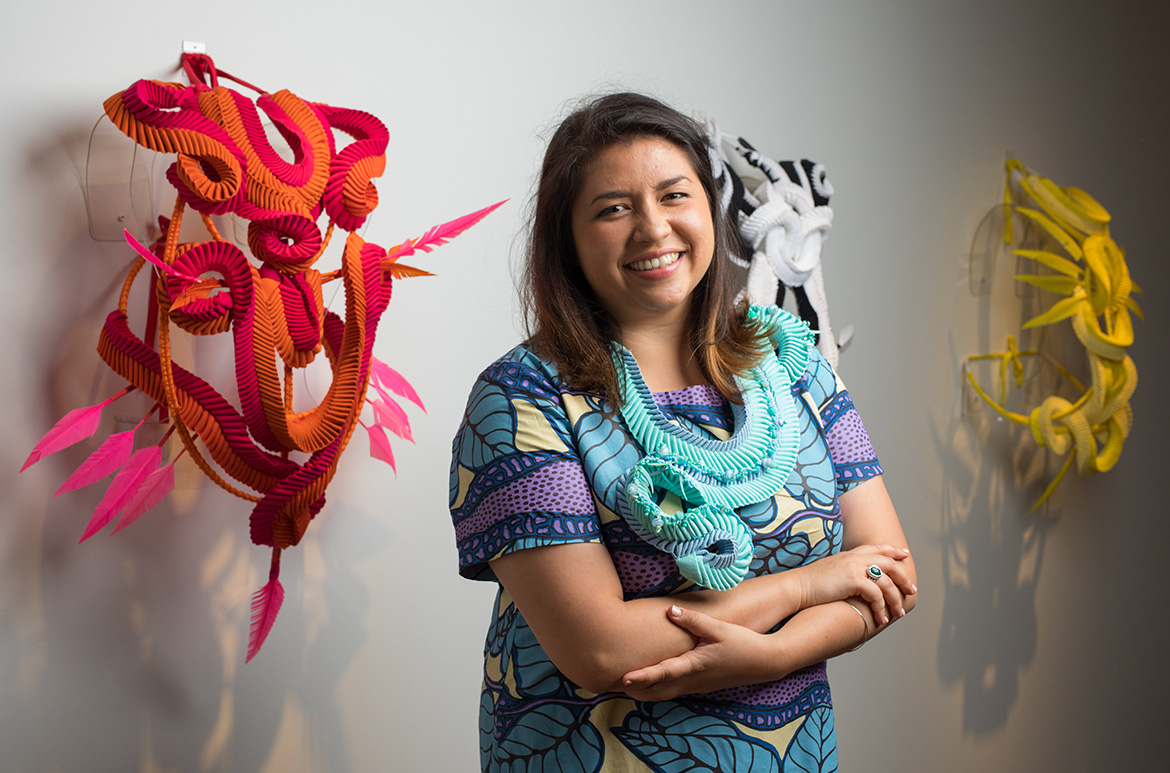
Founder of First Nations Fashion and Design Grace Lillian Lee graduated from RMIT University with Honours in Fashion Design. Grace has since established herself as one of Australia’s leading Indigenous artists and designers. Her works have emerged to new heights in Papua New Guinea, New Zealand and San Francisco.
Grace has also showcased her designs in the National Gallery of Victoria, and the Museum of Applied Arts and Sciences. She has also seen her works collected by the Art Gallery of South Australia, the Australian Institute of Aboriginal Torres Strait Islander Studies and the Kluge-Ruhe University of Virginia.
Story of a Born Creative
As a designer, curator, mentor and business owner, Grace began making art at a young age. Her creativity, she says, was fostered by her parents. Her first studio began in the laundry of her family home, eventually moving to the dining room.
“I really loved creating wearable art and creating the performance that went with the stories I was telling at the time”, Grace says.
Today she works in her garage, renovated with the help of family and friends.
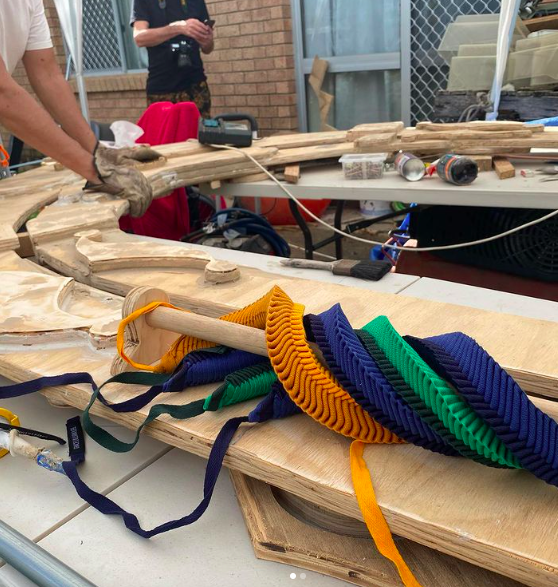
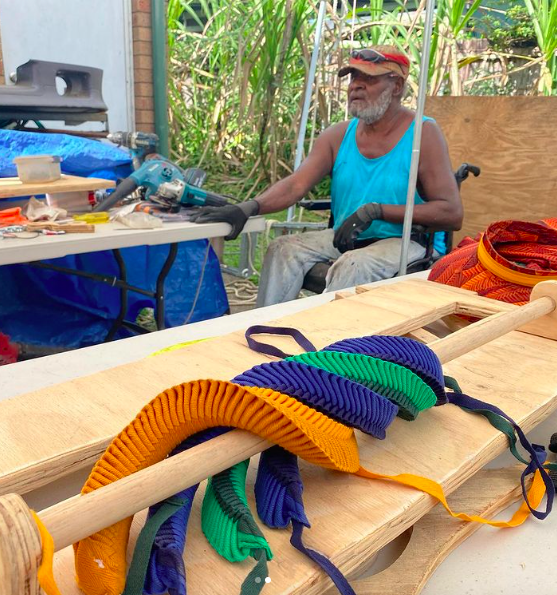
Grace’s creative ideas stemmed from her Uncle Ken Thaiday who taught her the grasshopper weave, a technique she further developed into her sculpture works. Lee says that her collaborative design processes evolve out of a lot of ‘yarning, listening and sharing’. She describes the weave designs as ‘simple, yet intricate and detailed in its shape and form’.
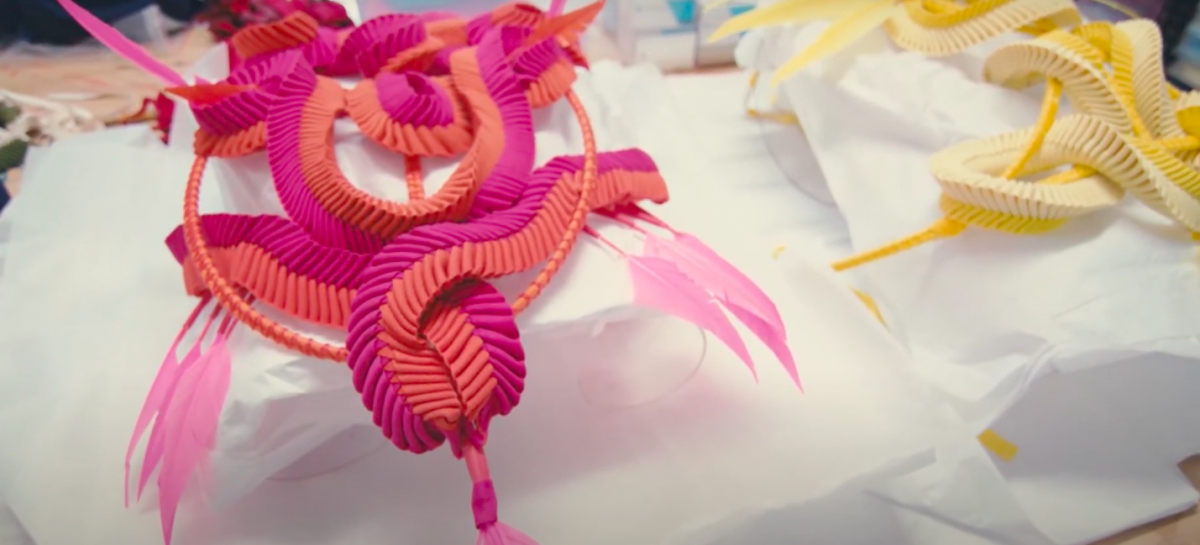
Space for Growth
Grace explains that the fashion industry can be quite ‘closed-off’ at times, so surrounding herself with people that support and elevate her is the priority.
“You can start off with barely anything and create something that is really rich and abundant in energy and people”.
Source: OpenStudio Series 3 ‘My Place, My Story’
Lillian Lee says that expansion of the mind and industry is about “sharing, collaborating and responding to one another.” FNFD offers a progressive space to support the development of Indigenous Fashion and Design. The initiative she established to help others in her industry. Much like Myrrdah and the Kalkadoon sisters, Lee wants to find ways to drive economic development within remote communities.
“To empower and engage our mob to feel excited about the space of fashion and design. I believe fashion and design is the gateway to our young people wanting to [preserve] our culture, [just] as I do through my weaving.”
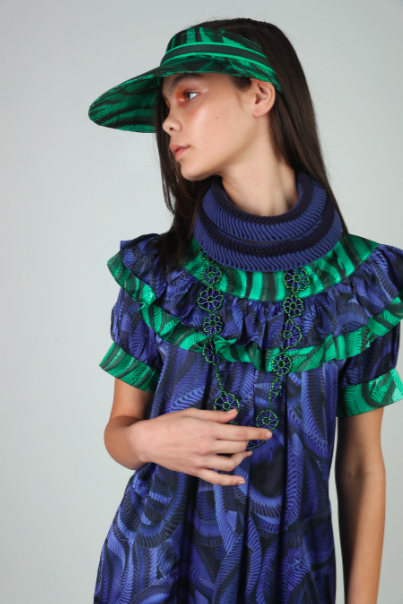


The Future of First Nations Fashion
Aboriginal model, Elaine George, was the first Indigenous woman to appear on the cover of Vogue Australia in 1993. Fast forward to May 2022, Elaine is also one of the First Nations women that posed for the powerful front cover with Cindy, Magnolia and Charlee. When it comes to creating a more inclusive, diverse fashion industry in Australia and worldwide, First Nations people are severely underrepresented. Elaine says there is still a long way to go.
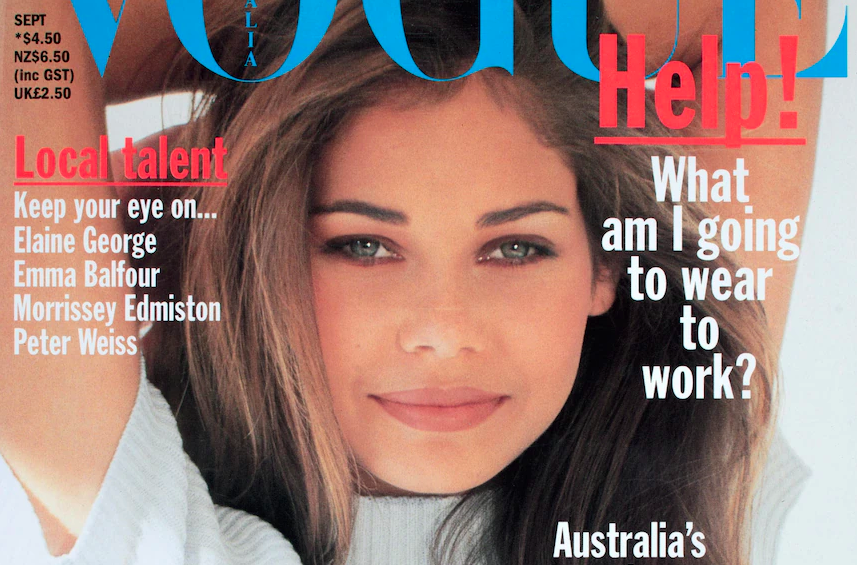
“Right now there’s still a lot of people around the world that don’t know [about] First Nations peoples in Australia. We actually don’t even have a public holiday for First Nations people [even though] we have one for the Ekka [in Queensland] and Labour Day.
I think that would be a great start.”
Source: ABC News
You can view more of Grace Lillian Lee’s incredible designs on her Instagram @gracelillianlee
Keep an eye out for Myrrdah’s showcase on the AAFW 2022 Runway. View the Instagram here
Subscribe to FIB’s Weekly Breaking News Report for your weekly dose of music, fashion and pop culture news!







